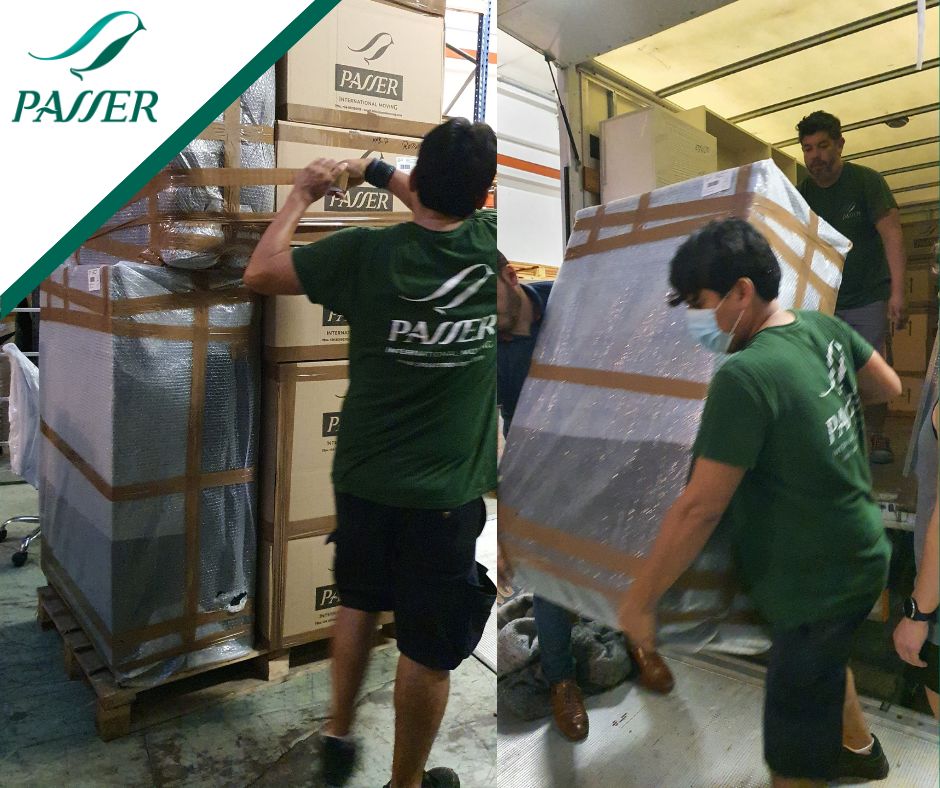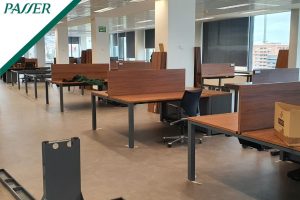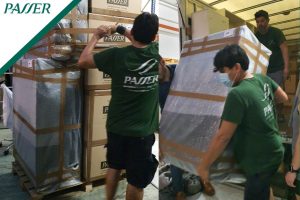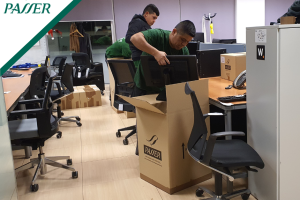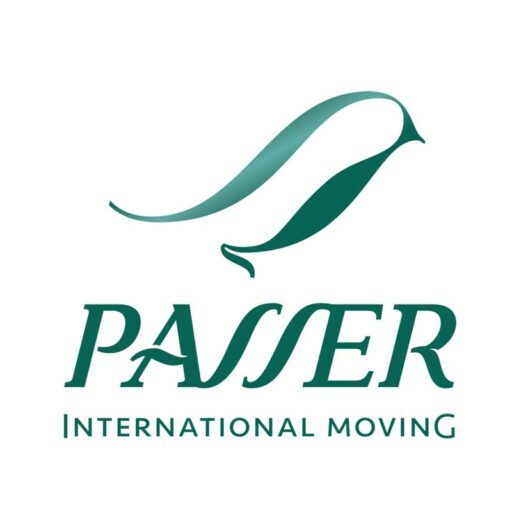Moving in buildings without elevators: challenges and solutions
Moving in buildings without an elevator can be a tiring and unexpected task. From carrying heavy furniture to maneuvering through narrow staircases, each step of the process presents a unique challenge. However, with proper planning and the right strategies, it's possible to carry out an efficient and safe move. Below, we explain everything you need to know to successfully overcome these obstacles.
Challenges of moving in buildings without elevators
Moving into or out of a building without an elevator involves facing several challenges. Some of the most common are:
Loading and unloading heavy furniture
Without an elevator, each item must be carried manually up the stairs. This not only requires physical effort but also increases the risk of damage to the furniture and injury to those moving it.
Tight spaces and narrow stairs
In many older buildings, staircases are narrow and have intricate turns, making it difficult to carry bulky items. In some cases, furniture must be disassembled to transport it.
Risk of accidents and injuries
The effort of lifting and lowering heavy loads can cause falls, bruises, or muscle injuries. In addition, uneven weight distribution can strain the back and knees.
Additional time and effort
Without the convenience of an elevator, moving becomes slower and more tiring, requiring more time and personnel to complete efficiently.
Solutions for efficient moving in buildings without elevators
Despite the challenges, there are practical solutions that can make the process much easier and safer.
Pre-planning
Before moving, measure stairs, doorways, and hallways to ensure furniture and appliances can easily fit through them. If necessary, disassemble furniture to make it easier to transport.
Use of appropriate tools
There is equipment designed to facilitate the transfer of heavy loads on stairs, such as:
-
Lifting belts, which distribute weight evenly and reduce pressure on the back.
-
Carts with special wheels for stairs, which allow for more comfortable movement of heavy objects.
-
Protections for furniture and walls, avoiding damage during transport.
Hire moving professionals
One of the best options is to hire a company specialized in moving, such as Passer, which has trained personnel and the necessary equipment to handle this type of transfer safely and efficiently. This minimizes the risk of accidents and guarantees fast, professional service.
Clear stairs and passageways
Before starting the move, make sure the stairs and hallways are clear of obstacles. This will prevent accidents and make it easier for the moving staff.
Distribute weight strategically
When packing items, distribute the weight evenly to make them easier to transport. Use sturdy boxes and don't overfill them to avoid overloading.
Inform neighbors and coordinate schedules
If you live in a building with other residents, let them know in advance about the move to avoid any inconvenience. It's also recommended to move during times when there's less traffic on the stairs.
Conclusion
Make a moving in buildings without elevators It can be challenging, but with proper planning and the help of professionals, it can be done efficiently and safely. If you're looking for a reliable company to handle the process, Passer offers a specialized service for this type of transfer, ensuring that your move is as comfortable as possible.
If you need help with your move, Contact us and leave the heavy lifting to the experts..
Do you need to make a move? we can help you
At Passer we are always willing to collaborate

